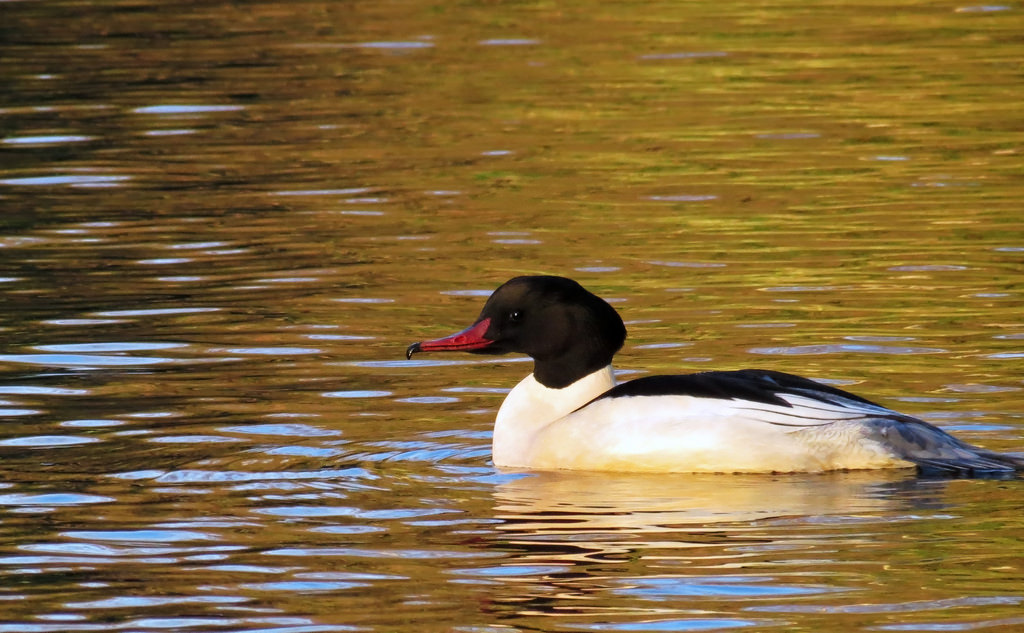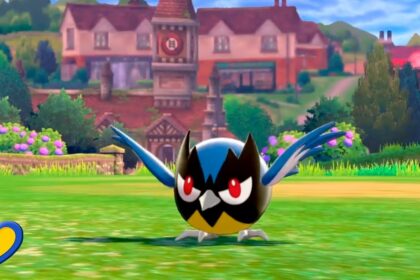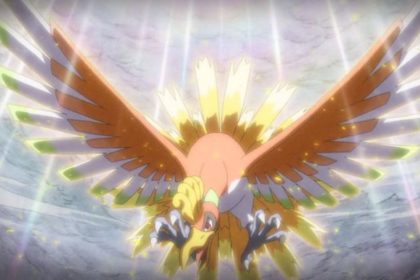Goosander ducks are large ducks that live in rivers and lakes in forested areas of Europe, northern and central Asia, and North America. The goosander ducks are also called the common merganser, and they primarily feed on fish. Take a look below for 25 more interesting and weird facts about goosander ducks.
1. Carl Linnaeus was the first person to make a formal description of the common merganser. He introduced the Mergus merganser in 1758 in the tenth edition of his Systema Naturae.
2. The genus name comes from a Latin word that used by Pliny and other Roman authors to refer to an unspecified waterbird. Merganser comes from mergus and answer, which is Latin for “goose.”
3. In 1843, John James Audubon came up with the name “Buff-breasted Merganser” in addition to “goosander” in his book The Birds of America.
4. There are 3 subspecies of goosander and they all have slight differences. The 3 subspecies are the m. m. merganser, m. m. orientalis, and the m. m. americanus.
5. On average, they’re between 58 and 72 centimeters, or 23 and 28 inches, long with a 78 to 97 centimeter, or 31 to 38 inches, wingspan. They normally weigh between 0.9 and 2.1 kilograms, or 2 to 4.6 pounds.
6. Male goosanders are slightly bigger than females with some slight overlap.
7. They have a crest of longer head feathers, but they usually lie smoothly behind their head. It’s pretty rare to see the head feathers forming an erect crest.
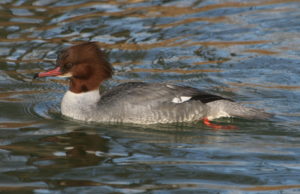
8. Adult male goosanders in breeding plumage are easy to distinguish because their body will be white with a slight salmon pink tinge, the head will be black with a green gloss, their rump and tail will be grey, and their wings will be white on the inner half and black on the outer half.
9. Females, and males when they’re not in their breeding plumage, are usually grey, with a reddish brown head, white chin, and white secondary feathers on their wings.
10. Young goosander offspring will look like adult female goosanders, except they will also show a short black-edged white stripe between the eye and bill.
11. They have serrated edges on their bills, which help them grip their prey, which is usually fish. These serrated edges are usually known as “sawbills.”
12. Aside from fish, they also eat molluscs, crustaceans, worms, insect larvae, amphibians, small mammals and birds.
13. The salmon pink tinge that male goosanders have is most likely related to their diet, which is high in carotenoid pigments.
14. They prefer salt water as opposed to fresh water. In large streams and rivers, they’ll float down with the stream for a few miles then fish their way back, diving incessantly the entire way.
15. They often fish in a group, forming a semicircle and driving the fish into shallow water where it’s a lot easier to catch them.
16. Usually, they make low, harsh croaks, but during the breeding season, they’ll make a plaintive, soft whistle.
17. They are very wary of predators. One or more goosanders are known to stay on sentry duty to warn the flock of potential danger. When they sense danger, they’ll often disgorge their food before moving.
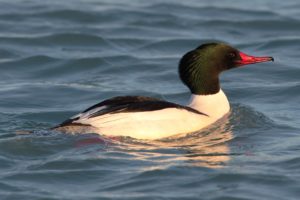
18. Though they’re very clumsy on land, they will sometimes run if they have to. While running, they will stay upright in a position similar to penguins, often falling and stumbling as they run.
19. They normally make their nests in a tree cavity, which is why they prefer to inhabit mature forests.
20. Female goosanders will lay between 6 and 17 white to yellowish eggs. They will raise one brood in a season.
21. When the eggs hatch and the ducklings are born, their mother will take them to the river or lake in her bill, where they will feed on freshwater invertebrates and small fish fry.
22. They’re partial migrants. They will move away from areas where rivers and major lakes freeze in the winter, but they’ll stay if the waters remain open.
23. In some species, the male goosander will show distinct moult migration, leaving the breeding area as soon as the offspring hatch to spend the summer elsewhere.
24. The species is not threatened currently, but there are problems with game fisherman lowering goosander numbers significantly in some areas.
25. They are one of the species to which the Agreement on the Conservation of African-Eurasian Migratory Waterbirds applies.

